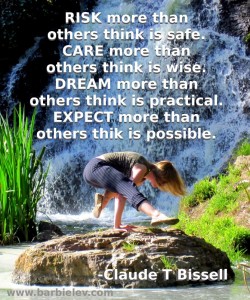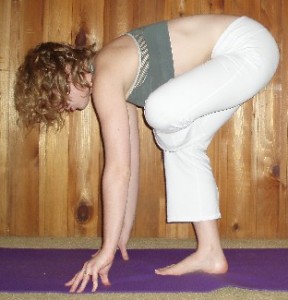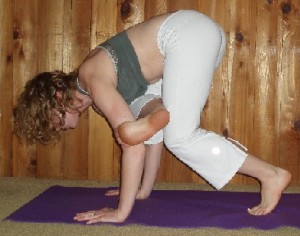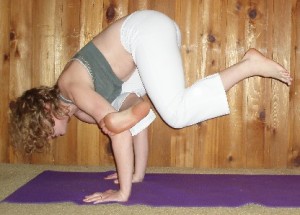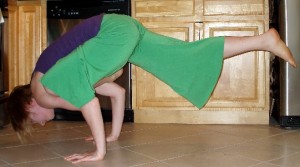You guys, I did something new in yoga last week!
I was practicing in the lovely and inspiring Dana Damara‘s class, and her theme centered around the mantra, “I am enough.” When we suffer from feelings of inadequacy, we start to practice in ways that feed our ego, which often don’t coincide with what is actually safe and serving for us. Dana encouraged us to cultivate “enoughness” in our poses, regardless of the complexity of the variation we chose. Learning to believe that we are enough just the way we are calls upon a fundamental principle of yoga: santosa, contentment.
Exploring this theme for myself, an article that was making the social media rounds a while back came to mind. It was a sort-of-condescending article about how Generation Y Yuppies are unhappy because we were raised to think we’re special, so we grow up with inflated self-esteem and an unrealistic sense of entitlement. Although many people took issue with the article’s oversimplification of Gen Y Yuppies’ woes, there are some grains of truth in there. Instead of thinking “I am not enough, I’d better force my foot behind my head to make up for that,” many of us think, “I’m awesome. I deserve to be able to put my foot behind my head.” In the end, it’s the same result: we practice from ego rather than from awareness, increasing our chances of injury and decreasing our chances of physical, mental, or spiritual progress. With my inner princess in mind, I modified the mantra to, “I have enough.” This calls on some additional principles of yoga: tapas (non-excess), brahmacharya (moderation), and aparigraha (non-greed/non-envy).
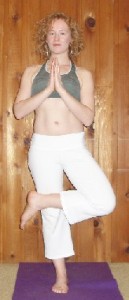
Variation on tree with the ankle crossed over the opposite knee.
So what did I do that was new in that class? Well, balancing has always come easily to me—one teacher informed me it’s because I have big hands and big feet, so don’t get too envious. The first time Eka Pada Galavasana (flying crow arm balance) was ever introduced to me in a yoga class years ago, I was able to do it, at least to some extent. Teachers always give students the option to stay in a variation of tree instead of taking the arm balance, but even though eka pada galavasana hasn’t been feeling as great for me lately as I’m rehabilitating from an injury, I’ve never been able to resist flying. Well, last week in Dana’s class I finally transcended eka pada galavasana’s irresistibility.
I was the only person in the room standing upright with my hands in prayer. In a moment of mental weakness, I fell victim to temptation and made a gesture put my hands down on the floor, but I snapped out of it a moment later and pressed my palms back together, this time resting my thumbs on my lips. I repeated to myself, “I have enough. This is enough.” And it really was.
If we cultivate excessiveness, extravagance, and greed on the mat, these qualities will only flourish in our life off the mat. Sometimes the most advanced practice of yoga is not choosing the contortion that challenges your flexibility nor the acrobatics that challenge your strength. Sometimes it’s choosing the simplicity that challenges your ego.
